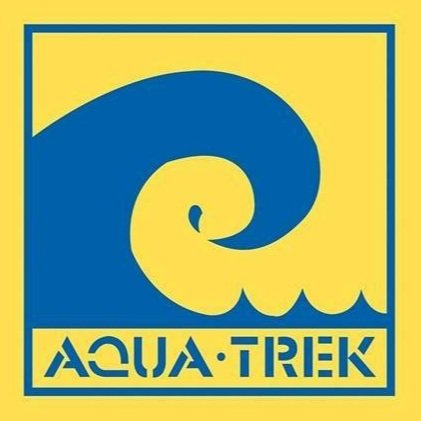Dive Sites
Beqa Lagoon is home to over 30 dive sites. Check out this list of some of our favorite dives.
-
This world famous bucket list dive features up to eight different species of shark: bull shark (largest in the world), whitetip reef shark, blacktip reef shark, nurse shark, lemon shark, grey reef shark, silvertip shark, and even the elusive tiger shark. This dive also offers the chance to see over 300 species of fish. Some divers are rewarded with sightings of the huge queensland grouper, humphead wrasse and resident giant moray eel. Divers are not in a cage, but situated on the reef around the perimeter of the dive site called “The Arena”.
-
Ceasars Rock is a series of pinnacles that rise up from 30m to 5m riddled with tunnels and caverns. Covered in soft corals of every imaginable color! Great dive site for macro-photography. This is a stunning dive site that enchants all visiting divers. You will come across nudibranchs, lionfish, leopard sharks, sea snakes, clown triggerfish, sweetlips, shrimp and a plethora of colorful reef fish.
-
This site features a lone pinnacle that features an enormous tunnel which you make your way along into 2 separate chambers. All the while as you cruise along here, the walls are sprinkled with soft corals, sea fans, cup corals and just about every other type of sessile flora you can imagine. Especially under torch light this is an experience of beauty where you will spot the residents of this marine system such as the occasional nurse shark, or the smaller scale nudibranchs, sea slugs and lionfish. Also worth keeping an eye out for are gaping moray eels, red rock crabs and all manners of shrimp scuttling around over the splashes of colour.
-
The TASU II was a 200 ton Taivanese fishing vessel, deliberately sunk in 1994 as an artificial reef. Sitting upright in a well-protected area, this wreck is home to many types of reef fish and provides protection for juveniles. There is a great variety of macro subjects such as nudibranchs, popcorn shrimp, bubble coral shrimp, orangutan crab, pipefish and garden eels. The 25+ years of submersion has resulted in her cloak of hard and soft corals, fans, black corals and sponges.
-
This is one large pinnacle that has a giant swim-through covered in Soft corals. Blue Ribbon eels can be found here along with Lionfish and many other exotics, max depth is 20m.
-
This site consists of about six pinnacles in about 18m of water, all covered in beautiful soft corals. Average diving depth is around 14m, where the greatest intensity of soft corals is located. This means a long dive time is assured.
-
This site consists of about three large coral pinnacles, covered from the start of the coral heads at 5m down to about 14m. Max depth is about 20m. There is a swim-through that has hanging soft corals in yellow and white. The coral heads have loads of purple and orange Antheas swimming around the soft corals, creating a great fusion of colors.
-
This site has a wreck located on it. It is a 33m-long old trawler in about 30m of water. This site is covered in soft corals, and barracuda are common. After 15 min. bottom time, you ascend up to the reef and swim around a number of coral heads that are covered in soft coral. Many of the exotics can be found here, such as Leaf Scorpion fish.
-
As the name implies there are seven coral pinnacles, all covered in soft corals and adorned with colorful reef fish from exotics to the more common Butterfly Fish and Moorish Idols. Max depth is 18m. Coral heads start at 5m, and the tops are littered with Anemone Fish and bright red soft corals.
-
This is a shallow site for nice, long dives at 16m max. Colors are intense due to shallowness of the site, making for a very good location for photography. Soft coral colors here cover the full spectrum of the rainbow. Very beautiful.
-
This site is on the outside of the lagoon, so it is predominately a hard coral site. Large plate corals adorn the reef. This locale provides the chance to see some larger fish swim by. There's usually no current, so this is also a great site for beginners Big drop off nearby means these corals are well fed and large. Max depth 20m.
-
This site has long gullies that run down the reef and finish at coral heads and a wall. There are lots of soft corals here, and also plenty of small, exocit critters bustling about the gullies. Small white tip reef sharks can be seen here. Overall, this is an easy dive with lots to see.
-
A tunnel 30 ft. long. 5-8ft wide lined with soft coral. Also a wreck at 80 ft. Johns Tunnel is a triple whammy: reef, tunnel and largely intact wreck of a trawler. The dive starts at the bommie where the mooring line is, proceeds across to the large wreck, and returns to the bommie to come up through the so named John’s Tunnel/Johns Tunnel. Each part of this dive could actually be a single dive in its own right – it’s one you’ll want to do again.


